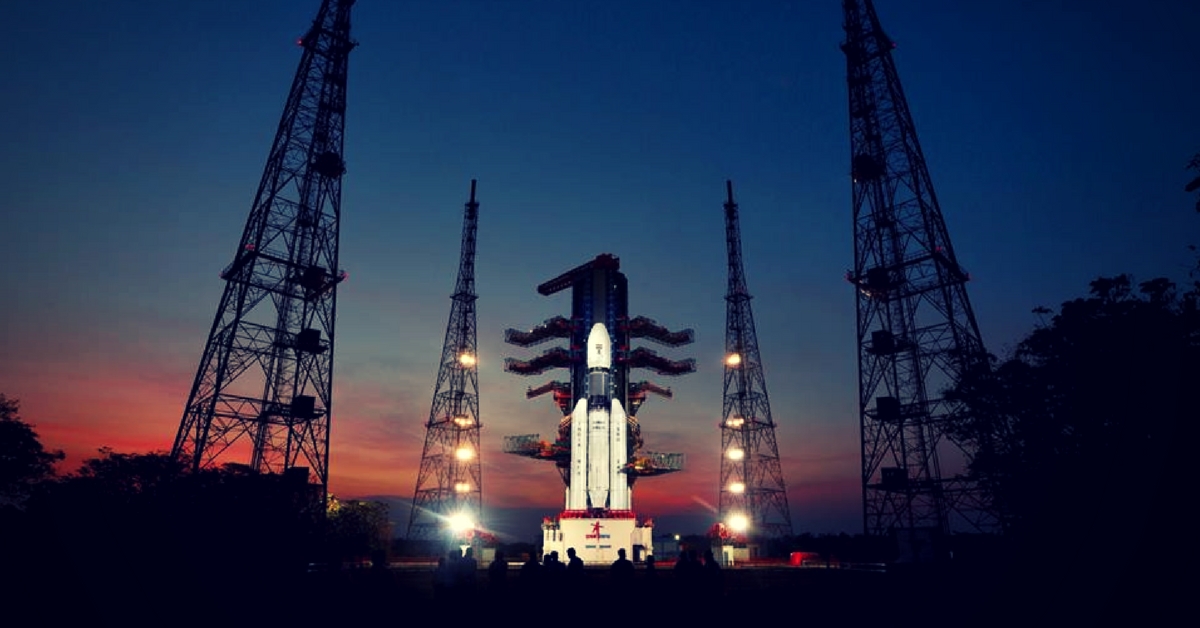Even as the 2018 Union Budget is expected to increase the money allocated for space research in India, K Sivan, the Secretary of the Department of Space, and Chairman of the Space Commission and the Indian Space Research Organisation (ISRO) told The Hindu that it is already reducing the cost of its satellites and launch vehicles.
Attempts to reduce the cost of satellites and launch vehicles, and allow them to carry heavier payloads, are being explored through the use of miniaturised avionics, advanced electronics and electronic propulsion system, among other mechanisms, reported the Chennai-based publication.
Although ISRO was allocated Rs 9,093 crore last year and is not suffering a financial crunch, Sivan told the publication that with the expansion of operations, it will need more funds.
“We definitely would like a larger allocation. More satellites are required, and consequently, there is the need for more launch vehicles. We also need new facilities to make them. We have to bring the manufacture of launch vehicles to industry and this needs extra money. All this is projected (in the requirement made to the government),” he said. Nonetheless, he goes on to add that amount of money allocated isn’t a really a concern, as much as spending it efficiently.

How does ISRO reduce the size of its satellite without hurting its efficiency?
In its bid to find a way, the space research body began experiments with electronic propulsion system or EPS last year in May when it launched the GSAT-9 (South Asia Satellite).
Read also: ISRO Plans New Space Rocket That Can Be Built in Just Three Days!
According to ISRO officials, the use of EPS instead of traditional chemical propulsion had “reduced fuel cargo by 25%.”
Sivan claims the system can callow a four-tonne satellite to the work of a six-tonne spacecraft. Nonetheless, experiments are still in progress to ascertain the efficiency of this system.
Read also: Towards a Green Future: ISRO’s Batteries to Power India’s E-Vehicles Soon?
Attempts are also on to augment the payload carrying capacity of the GSLV Mark II launch vehicle from 2.2 to 3.3 tonnes. In April, this launch vehicle is expected to carry the 3.2-tonne Chandrayaan-2 mission, which will include India’s first lunar orbiter, lander and rover.
Like this story? Or have something to share? Write to us: contact@thebetterindia.com, or connect with us on Facebook and Twitter.
NEW: Click here to get positive news on WhatsApp!
If you found our stories insightful, informative, or even just enjoyable, we invite you to consider making a voluntary payment to support the work we do at The Better India. Your contribution helps us continue producing quality content that educates, inspires, and drives positive change.
Choose one of the payment options below for your contribution-
By paying for the stories you value, you directly contribute to sustaining our efforts focused on making a difference in the world. Together, let's ensure that impactful stories continue to be told and shared, enriching lives and communities alike.
Thank you for your support. Here are some frequently asked questions you might find helpful to know why you are contributing?

